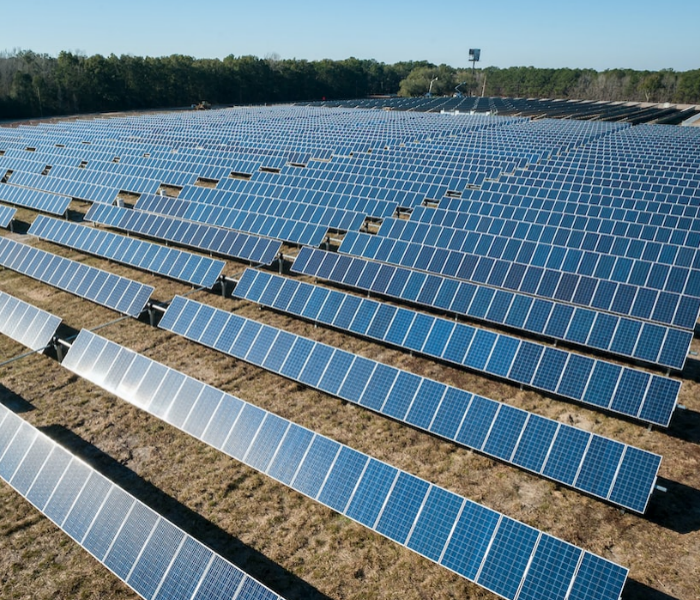
The average solar panel system in the United States costs around $20,000. But don't let that big number scare you away! A solar panel payback period is the time it takes for the savings from your solar panels to equal the cost of the system. In other words, it's how long your solar panels start paying for themselves.
Factors To Consider
There are a few different factors that will affect your solar panel payback period:
- The cost of your solar panel system: the more expensive your system is, the longer it will take to reach payback.
- The size of your solar panel system: A larger system will produce more electricity and save you more money on your energy bills. This means a shorter payback period.
- The cost of electricity in your area: The higher the cost of electricity, the faster you'll see a return on your investment.
- Rebates and incentives: Some states and utility companies offer subsidies for installing solar panels. These can significantly reduce the upfront cost of your system, resulting in a shorter payback period.
- The value of solar Renewable Energy Credits (SRECs): Some states have programs that allow solar panel owners to sell their SRECs for additional income. This can further shorten the payback period.
Estimating Your Solar Panel Payback Period
Now that we've gone over some factors that will affect your payback period let's look at how to estimate it.
You can use a few different methods, but the most accurate way is to use a solar calculator. Solar calculators consider all the factors discussed above and give you a personalized estimate for your situation.
You can also get a general idea by using this simple formula:
System cost ÷ Annual electricity savings = Solar panel payback period in years
For example, let's say you have a 5 kilowatt (kW) solar panel system that costs $20,000. You live in California, where the average price of electricity is $0.20 per kilowatt-hour (kWh). Based on these numbers, your estimated payback period would be:
20,000 ÷ (5,000 kWh x $0.20/kWh) = 8 years
Of course, this is just a rough estimate. Other factors could affect your payback period, so it's always best to use a solar calculator for a more accurate estimate.
Final Thoughts
Solar panels are a significant investment, but they can save you a lot of money on your energy bills over time. The payback period is the time it takes for the savings from your solar panels to equal the cost of the system.
Several factors that will affect the solar panel system’s payback period, including the cost of your system, the size of your system, and the cost of electricity in your area. You can use a solar calculator to get a more accurate estimate for your situation.
In general, solar panel payback periods range from 5 to 20 years. But remember that solar panels have an average lifespan of 25 years. This means that you'll save money on your energy bills for years, even after you've reached payback.
